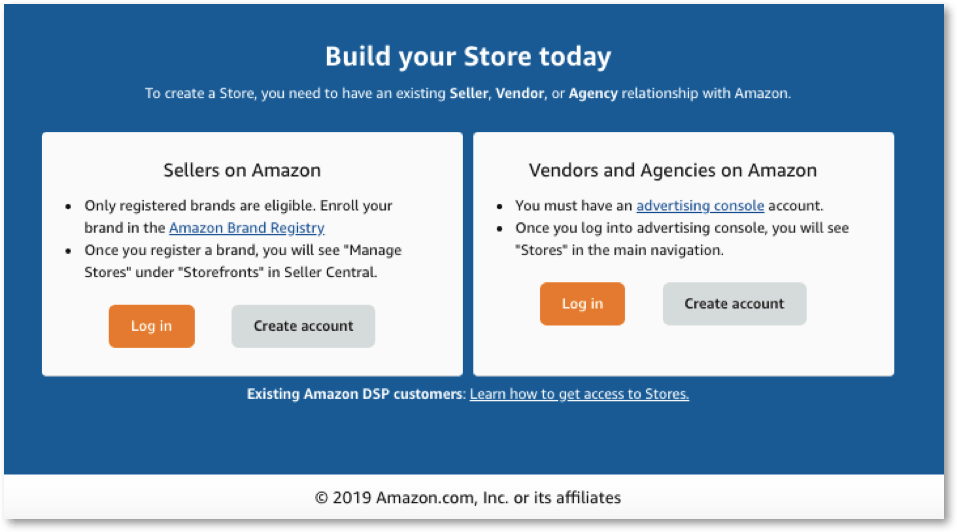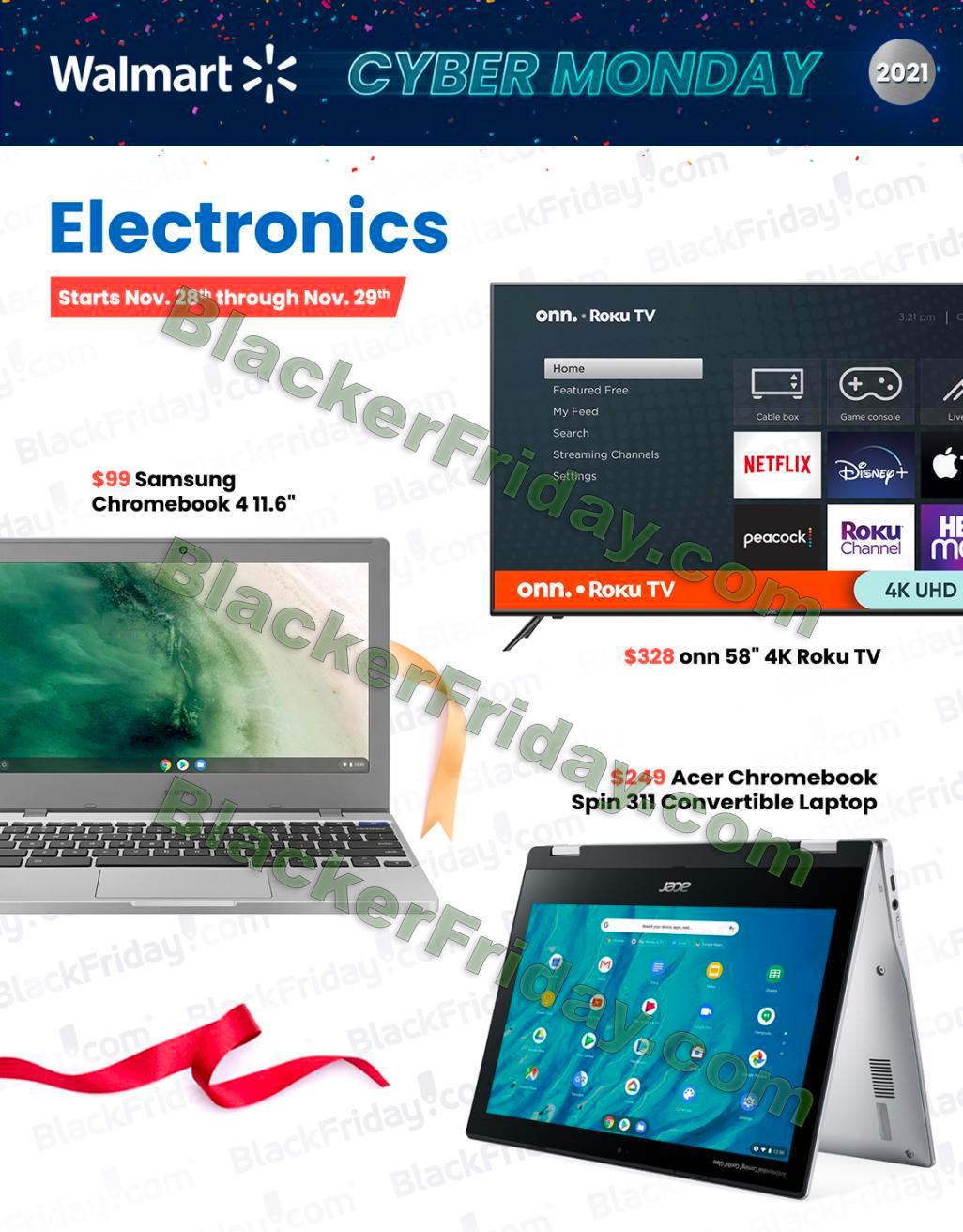
As technology continues to advance and people move away from brick-and-mortar stores, retail is undergoing a transformation. Online shopping is becoming a more common method of shopping for customers, but retail will always be a major business. Check out the latest retail developments and trends. Then, learn how you can create a great customer experience. You'll be surprised at how much the customer experience can make a difference in your bottom line.
Business model evolution in retail
A key element in retail success is the ability to provide a consistent shopping experience across sales channels. While online shopping has become more popular, customers still prefer physical products. The retail industry has evolved to allow retailers to use technologies such as augmented realities, interactive video 360-degree views and gestural control to offer a personalized shopping experience. Here are the main trends driving retail's evolution. Recent research has shown that many retail stores have undergone a digital transformation.
Each year, innovation is moving at an increasing pace. The pace of change makes it difficult for larger companies to keep up with the latest consumer moods. Existing retail giants will look to buy highly-technological companies that have access to new markets to combat this. These include Walmart, HiTouch and Nordstrom. Walmart, for example, bought Flipkart in 2018. These acquisitions show the importance of a strong business plan.
Retailers need to reconsider their roles in creating value for consumers. To survive and thrive in this environment, they must evolve their business models. The most successful ones will rethink the retail experience, developing business models that blend the physical with the virtual. They will have to adapt new technologies and redefine the roles they play in order for them to survive. Retail will experience unprecedented digital disruption, which will undoubtedly shake up the status quo. How can retailers that are already established adapt?
Retailers can profit from fragmentation by adopting an edge strategy. Edge strategies reduce risks and maximize impact. Once the strategy is in place, it may become the foundation of the business. Successful edge strategies should align with industry trends and involve different business models and practices. A trusted consumer agent, a consumer experience bazaar and a B2B infrastructure are all examples of retail "edges". This could lead to a whole new retail model.
The rapid adoption of new technologies has changed the way consumers shop. The brick-and–mortar shop has been replaced with mobile-first social networking shoppers in recent years. This fundamental shift has led to rapid retail evolution. In the future, however, new retail business models will emerge, including brick-and-clicks like online hypermarkets, pop-up stores, and interactive kiosks. Retail will become more frictionless as companies implement digital touch points.
Business model evolution in brick-and-mortar stores

Although brick-and mortar stores are unlikely to disappear anytime soon they will need to evolve their business models in order meet the demands of digital age. Low overhead giants like Amazon or eBay rising in retail, brick-and -mortar stores need to find ways to adapt. The tech industry has already provided solutions to improve store value, and more brick-and-mortar retailers will adopt these technologies and develop new ones.
2019 has been a good year for the retail industry. This has led to a steady environment that has helped improve efficiency and increased growth opportunities. However, e-commerce has negatively impacted physical stores. Social media's growing popularity, high consumer spending and the increased use of smartphones are all factors. In the Middle East and North Africa, alone, sales will exceed $80 billion by 2022. The region's brick-and–mortar retailers will lose over 12 percent of their business.
Brick-and - mortar stores can take advantage also of the omnichannel retailer strategy. Customers have the choice of shopping from one or more stores. The best option for them is to choose the most convenient method. This also allows retailers reduce their shipping and returns costs. You need to evaluate the benefits of both business models before making the right business decisions. Your customers are the most important factor in making a business choice.
Bricks-and–mortar store models can be described by "clicks & bricks". It refers to two distinct channels, online and physical. Many popular ecommerce companies have also incorporated brick-and-mortar locations. These stores are referred to as "clicks and bricks." Warby Parker is one of the most recognizable brands that combines these business models. Bonobos and Casper are two others.
E-tailers: Business model evolution
Online retailers can be of many different types. E-tailers generally buy products at wholesale prices from the manufacturer and resell them at higher prices to end-customers. Even though it is online, the process is still comparable to brick-and–mortar retail. It requires the same adjustments as e-commerce retailers. E-tailers are also able to open channels with traditional retailers.
For example, a manufacturer who previously sourced products from a wholesaler may decide to take a chance in the e-commerce era by building a direct channel in the marketplace. Or, the manufacturer may invite a third-party reseller, who will then compete with the E-tailer. E-tailers may choose to sell through an agency or resell. Some E-tailers choose to do both.
The third-party marketplace model is an interesting case. Third-party marketplaces allow E-tailers, unlike traditional retailing models, to act both as a merchant or a platform provider. E-tailers cannot participate in these marketplaces as merchants nor platform service providers, but research is still ongoing. In one recent study, Abhishek et al. Two E-tailers were studied and the decision-making process under various externalities was compared.
E-tailers have to integrate digital marketing tools and also create their own brands. They must make their products and services valuable to consumers and stand out from competitors. They must also be able offer fast delivery and competitive prices. Last but not least, transparency is key to customer loyalty. Customers now have greater options to shop online than ever before in an increasingly digital environment. The online world is constantly evolving and dynamic.
Positive customer experiences in retail

It's a good idea to provide positive customer experiences for retail. A positive customer experience is more likely to make a return visit to a company than a negative one. It is also much cheaper to ensure a positive customer experience than acquiring new customers. Poor customer experiences lead to higher returns, refund requests, longer customer service lines, and increased customer complaints. Positive customer experiences increase customer loyalty. Companies can charge up to 16% more for products if they provide positive customer experiences.
Positive customer experiences are essential for any business's success. Customer satisfaction is key to brand loyalty and can also be a source of brand advocacy. Customers are the key players in today's competitive marketplace. Thanks to the world wide web, they have a plethora of options and information. They are the ones who will spread the word about your brand through word-of-mouth. These tips will help you create a positive experience for your customers in retail.
As customers become more deliberate and demanding, they will be more willing to spend more money if a brand provides a positive experience. According to the Walker study, 78% of shoppers will pay more for brands that provide a positive experience. To provide a positive customer experience, a retail store must invest in employee training and development. To provide a great customer experience, it is essential to give priority to them. Customer experience is the same. A business should offer personalized shopping experiences.
Businesses should strive to provide seamless customer service. All channels should offer seamless customer experiences. The entire customer experience should be seamless, from marketing to sales. A positive customer experience can help retailers increase their revenue and retention rates. It can also increase customer loyalty and customer satisfaction. Because customers are more likely than others to recommend your company to others, a positive experience is a great way to make them feel valued. A positive retail experience can also have other benefits.
FAQ
How do I get the best value for my money online when shopping for clothes?
There are several things that you can do to ensure that you get the best deal when you shop for clothes online. Some retailers offer free shipping. These promotions often include free shipping within Australia.
Second, you should check out the return policy of the website you plan to buy from before making a purchase. Some websites allow you the right to return your items within 30 calendar days after they arrive. Others only allow you to return them within 14 days.
Third, look into customer reviews of the retailer you're considering buying from. This will help you determine whether or not they are reliable and reputable.
Fourth, compare prices between different retailers. There are many price comparison websites you can use to view the prices of various retailers side by side.
Finally, keep in mind that there are often sales and coupon codes available for certain brands or types of clothing. You can check the site often for new offers.
Can I purchase clothes online and then return them?
Absolutely! In fact, it's easier than ever to purchase clothing online. All major retailers offer free returns. Simply print the label and return it to us.
Remember that you can only get a return once you have received the item. So, if you change your mind about the product, you'll need to send it back.
Where can you find coupons for shopping online?
There are two ways you can find coupons online: 1. Visit the website of the company where you intend to shop; 2. Search Google to search for coupon codes. Both methods work but certain websites may be more easy to navigate.
Does it make sense to ask for discounts on shopping?
Always try to negotiate a lower price when buying products. It is polite to ask if they have any discount code. They may be able to offer you a deal if you are polite. This could save you time and money.
Statistics
- All items on AliExpress have an estimated delivery time on the product page, and it's usually anywhere from 20 to 60 days. (makeuseof.com)
- An approximately 90% increase in price affords Hotel X the opportunity of extreme profits under severe circumstances. (dos.ny.gov)
- Last Black Friday, I bought a stove from Lowes at 40% off, receiving 24 months of interest-free financing (from Lowe's). (meetfabric.com)
- A report from the U.S. Census Bureau found that in the first quarter of 2022, an estimated $250 billion was spent on retail e-commerce sales.1 (thebalance.com)
External Links
How To
What are the safest online shopping methods?
Secure online shopping is something that everyone who shops online should know. It's also great to learn how to buy from different websites without getting scammed.
Read on if you want to know what to do when buying items online! This article will explain all the tips and tricks that can help you avoid falling for scams.
-
Do your research. Before you decide to shop online, it's essential to do your homework first. Review the company, read customer feedback and ask friends for their recommendations.
-
You can shop around. If you're unsure whether a particular store is reputable, compare prices among several sellers. You might also consider price comparison apps such as Amazon Price Checker and Google Shopping. These tools will allow you to find the lowest priced retailers.
-
Look out for red flags. When browsing product pages, be aware of any signs indicating a scammer may be trying to trick you. For example, many fake sites contain misspelled words and grammatical errors. They may also offer counterfeit goods or incomplete products.
-
Beware of pop-up windows. Pop-ups are sometimes used by websites to collect passwords or credit card numbers. When you see one of these pop-ups, click "escape" to close it immediately or choose another browser window.
-
Ask yourself questions. When you visit a website, think about the following questions: Does this website seem trustworthy? Does it offer what I want? Do I have the ability to trust the people who run the site?
-
Don't give away your personal information. Unless you initiated the transaction or provided financial information, do not give out your Social Security number, bank account numbers, or credit card details by phone or email.
-
Avoid clicking links in emails. It is easy to click on an email link and land on a phishing website that appears exactly like the real thing. To avoid this type of fraud, only open emails from trusted sources (such banks)
-
Use strong passwords. A strong password should include letters, numbers, and symbols. Your password should be kept secret from others and you must not share it.
-
Be cautious when downloading files. Always download files directly from their source rather than opening them from email attachments. Never open attachments from unknown recipients. If you are sent an attachment asking you to install software, do not open it.
-
Report suspicious activity. You should immediately notify your local police if you suspect your identity may have been stolen. You can also file an FTC complaint.
-
Protect your device. Make sure your computer has anti-malware protection. This protection could stop hackers accessing your private data.
-
Scammers targeting senior citizens are to be avoided. Seniors are more susceptible to scammers because they are less likely than others to be able to spot fake messages and websites.